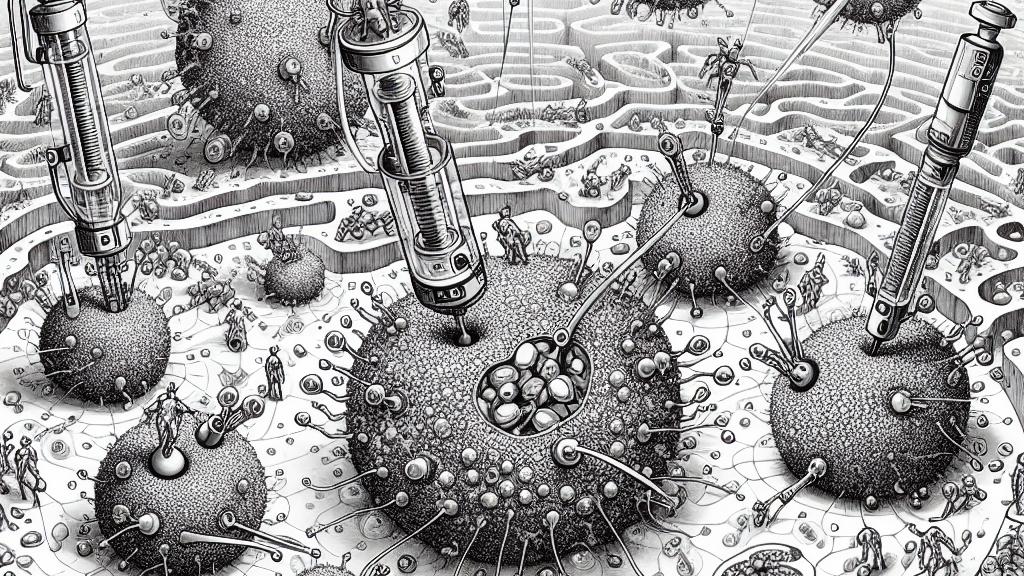Advancements in Nanorobotics for Medical Applications
Overview
- Innovative mathematical models significantly enhance nanorobots' navigation capabilities in the bloodstream, paving the way for their practical use.
- These groundbreaking nanorobots are set to transform targeted therapies, ensuring precise drug delivery and effective tissue repair.
- Upcoming clinical trials represent a pivotal step in actualizing these technological advancements into real-world medical applications.

The Rise of Nanorobots in Medicine
In the fascinating world of medical innovation, nanorobots are emerging as powerful allies in the fight against disease, especially with pioneering research from the University of Saskatchewan taking center stage. Picture tiny robots, comparable to the size of a single cell, that can perform incredible tasks inside the human body. Yes, it sounds like science fiction, but it’s a reality unfolding before our eyes! Thanks to newly developed mathematical models, these micro/nanorobots (MNRs) now have improved navigation abilities that allow them to maneuver through the complexities of the bloodstream. Previously, models fell short because they oversimplified blood movement, leading to practical challenges in their deployment. Now, with a model that accurately reflects the dynamic properties of blood flow, these tiny robots can move effectively even in turbulent conditions, a crucial requirement for timely and effective medical interventions.
Real-World Applications
The potential applications for these sophisticated nanorobots are nothing short of revolutionary. Take, for example, a patient diagnosed with a non-operable brain tumor. With advanced training, these nanorobots could navigate against the current of blood flow to deliver chemotherapy directly to the cancerous cells—imagine a precision missile targeting its mark without collateral damage! Not only can these robots facilitate drug delivery, but they also present opportunities for repairing damaged tissues and performing microsurgeries with unmatched accuracy. Furthermore, they could enable real-time monitoring of internal health conditions, analyzing cells to identify diseases at their earliest stages. This level of precision and effectiveness in treating ailments could redefine how we approach healthcare, transforming reactive treatment methods into proactive strategies.
Moving Towards Clinical Trials
As excitement builds, the USask research team is preparing to embark on the vital journey toward clinical trials, an essential phase for bringing these nanorobots to hospitals and clinics worldwide. Clinical trials will rigorously assess not just the efficacy but also the safety of using MNRs in real-life medical scenarios. Dr. Chris Zhang, the visionary behind this groundbreaking work, emphasizes the importance of interdisciplinary collaboration. By blending insights from robotics, medicine, and nanotechnology, his team is crafting nanorobots poised to enhance treatment effectiveness and improve patient survival rates. The anticipation surrounding these trials is palpable within the scientific community. As we stand on the brink of a new era in healthcare, the potential for these remarkable technological advancements to reshape medical treatments is more exciting than ever, promising a future where conditions once deemed untreatable may finally find solutions.

Loading...